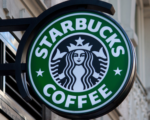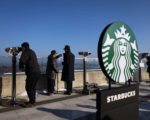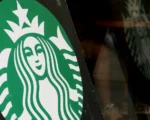The loyalty program discussed here employs a five-tiered system with over 58,000 active participants, indicating its popularity and reach. Importantly, this program is not exclusively utilized by web3 native individuals, demonstrating broader participation beyond the web3 community.
Participants who reach the highest tier of the loyalty program have engaged significantly with secondary marketplaces, indicating a willingness to invest in assets associated with the program. Notably, rewards for top-tier participants can include unique experiences such as trips to visit production sites, as demonstrated by Starbucks’ initiative.
Additionally, there is potential for smaller businesses to leverage NFTs for loyalty programs and promotional activities. For instance, a food brand like Hot Pockets could offer discounts to gamers who purchase the brand’s Fortnite skin and connect it to a crypto wallet. This approach incentivizes consumer engagement and spending within the ecosystem.
While NFTs are often associated with high-profile digital art collections like the Bored Ape Yacht Club, their value extends beyond mere aesthetics. NFTs provide a means to authenticate and assign value to digital assets, similar to the provenance of physical artworks in museums. This enables the ownership and monetization of digital items in ways that were previously impossible.















